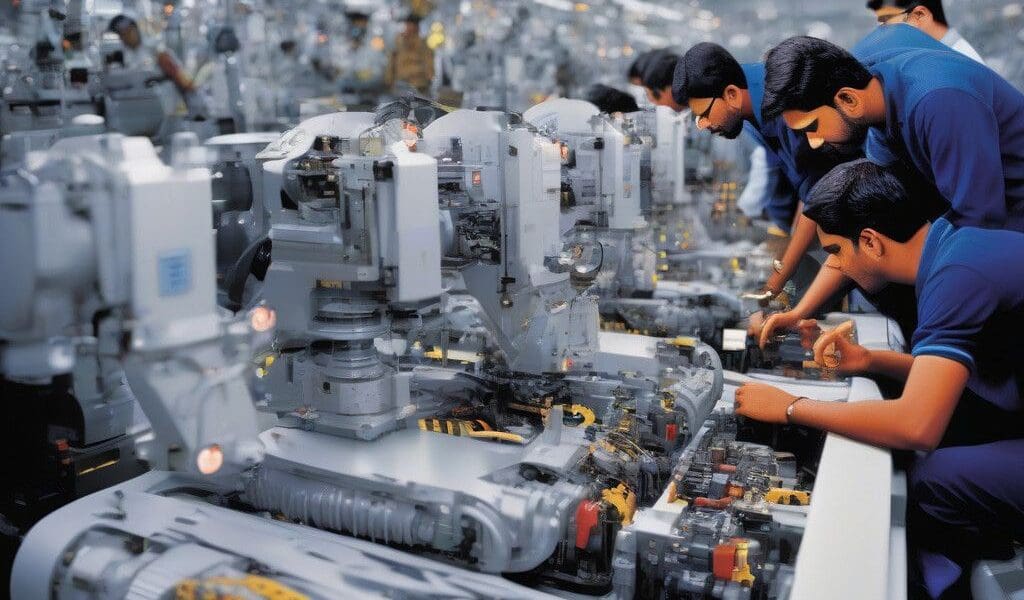New Import Rules Aim to Boost India’s PC Manufacturing
India is set to introduce new restrictions on the import of laptops, tablets, and personal computers starting in January, marking a significant step towards enhancing domestic manufacturing and lessening its reliance on foreign products. This initiative has the potential to reshape the country’s IT hardware market, which is currently valued between $8 billion and $10 billion, while predominantly depending on imports for two-thirds of its demand.
Historically, India has sought to curtail imports in this sector, but previous attempts faced pushback from major international companies, particularly those based in the United States. Currently, companies can import laptops into India through a straightforward online registration process. However, with the new rules being developed by India’s Ministry of Electronics and Information Technology (MeitY), a pre-authorisation requirement for imports will be implemented, adding an additional layer of complexity to the process.
The broader context is critical. As it stands, India’s IT hardware market, worth nearly $20 billion, relies heavily on imports, with a significant share coming from China. To promote local production, the Indian government is backing this initiative with financial incentives. Approximately $2.01 billion in subsidies has been allocated to attract major manufacturers such as Acer, Dell, HP, and Lenovo to set up production facilities in India. Reports indicate that these companies are preparing to commence local manufacturing under India’s production incentive program.
Such a move is not without precedent. Several countries have adopted similar strategies to bolster their domestic manufacturing capabilities while reducing dependencies on imports. For instance, the United States has implemented tariffs on certain technology imports to encourage local production and innovation. This has led to an increase in some sectors within the U.S. manufacturing landscape, underscoring the potential benefits of localized production.
India’s initiative aligns with its broader economic goals, including enhancing self-reliance—an aspect the government has classified as “Atmanirbhar Bharat” or self-sufficient India. By fostering local manufacturing, India aims to create jobs, stimulate economic growth, and foster innovation in technology development.
The move is also likely to have implications for pricing and product availability in the country. Initially, manufacturers may face higher costs associated with local production, which could be passed on to consumers. However, as local production ramps up and economies of scale are achieved, prices may stabilize or even reduce over time.
Internationally, these changes could alter the competitive dynamics significantly. Companies that have relied on importing devices may find themselves at a disadvantage unless they adapt swiftly to the new regulations. Moreover, the success of this policy will depend largely on the Indian government’s ability to create a conducive environment for manufacturers, which includes providing the necessary infrastructure, a skilled workforce, and continuous support.
As the January roll-out approaches, stakeholders in both the local and international spheres will be closely monitoring developments. For domestic manufacturers, this could represent a golden opportunity to secure a more significant market share and foster innovation. For international companies, adapting to these new conditions will be paramount, with strategic decisions to either comply with the new regulations or shift their focus entirely.
India’s initiative could serve as a blueprint for other developing nations seeking to enhance their manufacturing capabilities amid increasing global tensions and disruptions in the supply chain. As markets evolve, countries must be agile in adapting policies to cultivate a future that places local production and innovation at its core.
In conclusion, while the shift to stricter import regulations may pose challenges, the potential for growth and self-reliance in India’s technology sector could lead to a stronger, more resilient economy in the long run.








